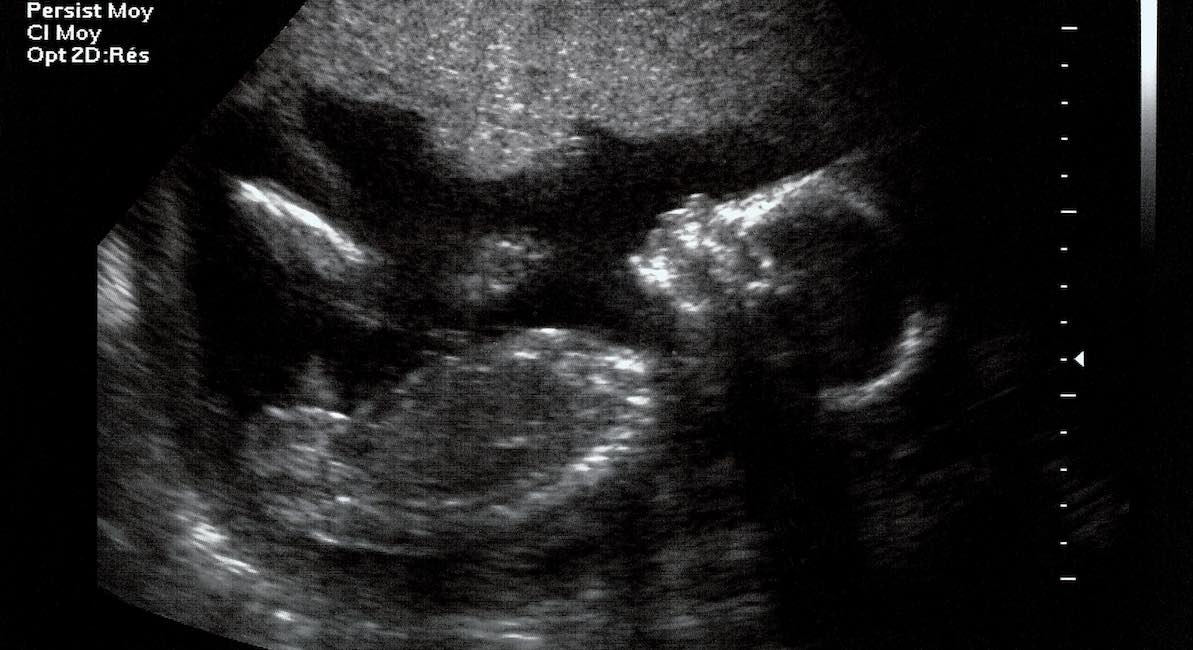In 2011, Planned Parenthood Vice-President for Medical Affairs Vanessa Cullins described telemedicine abortion practices at Planned Parenthood of the Heartland. Cullins described the process this way to NPR:
A woman … will visit a healthcare center and meet with a Planned Parenthood of Heartland nurse practitioner. That nurse practitioner who is highly skilled and qualified to provide reproductive and sexual health care will perform both the history, a sonogram will be done and the physical exam… The physician will meet the woman through secure Internet-based videoconferencing, two-way live conferencing…
She is receiving high-quality, expert care… In fact, the record of Planned Parenthood of Heartland is not only that it is highly safe and effective, but women are highly satisfied with abortion being provided through telemedicine services.1
Sue Thayer was the manager of Planned Parenthood of the Heartland at the time. She was there when the program was set up, and recalls that untrained staff were told to do transvaginal ultrasounds:
I said, “Surely you’re not going to be having nonmedical people doing these transvaginal ultrasounds? (and you know, ladies if you had one of those you know it’s an invasive procedure and you don’t want the one that schedules your procedure to be the one that’s doing that, right?) But when I voiced concerns, he said, “Sue if you are breathing, you can do it. It helps if you’ve played a video game because it’s a lot like running a joystick.”
In a later interview, Thayer said that she was given one day of training on the ultrasound machine before she began scanning women to date their pregnancies.
Sarah A., a licensed professional sonographer who was interviewed by Live Action News, described how much proper training is truly required of those in her profession:
I went to a school that had an accelerated program, so it was a year and a half, and I graduated with a technical diploma. My program consisted of 1,860 clock hours. There are also two-year associate’s programs and four-year bachelor’s programs available for ultrasound. The most important thing is that a program is accredited through CAAHEP [The Commission on Accreditation of Allied Health Education Programs] … CAAHEP accredited programs are assessed on an ongoing basis to assure that they meet the Standards and Guidelines of each profession.
By going to an accredited program, a person is able to sit for their registry (just like nurses and other health care professionals). The majority of ultrasound jobs require a person to be registered.
Of course, Planned Parenthood is an exception.
There are two different sets of exams that may be taken to get certification. The most preferable one consists of a three-hour exam on the physics of ultrasound and a two-hour specialty exam.
READ: Planned Parenthood’s ultrasound problem: Good for harvesting organs, bad for business
When asked about Planned Parenthood’s method of “training,” Sarah A. said:
One day isn’t even enough to fully grasp all the normal variants of female anatomy, let alone when something is going wrong or is life threatening. How can you learn how to operate a machine, learn what is normal anatomy, and also learn what is abnormal and something you need to get a doctor for?
It’s not just about pushing a button and taking a picture, sometimes things are very subtle. and you have to know what to do in a situation that is less than ideal. …
I would not feel comfortable at all with someone with one day of training correctly dating my pregnancy before a surgical procedure. There are also measurement cutoffs for what constitutes an accurate first trimester measurement. Crown rump length (measuring a fetus from head to butt) is the most accurate way to date a pregnancy and this measurement can only be used until 12w6d gestation. At 13 weeks you need to use second trimester measurements to get the gestational age of the fetus, but someone with only one day of training might not know to do that, and it’s also really hard to make sure you’re at the right level for these second trimester measurements because the fetus is very small and the normal anatomical landmarks you use to gauge where you’re at are also very small and hard to see.
Add in a bouncing and very active fetus and that can lead to an inaccurate scan and perhaps the wrong abortion method being used and that might increase the chances of maternal injury.
According to Thayer, the claim that there were no complaints from women is also a lie. She reports that women came back to the facility with their fully formed aborted babies in Ziploc bags after taking the abortion pill regimen, complaining that they were told their children were just tissue.
Planned Parenthood is now pushing for no-test abortions, in which the woman gets no sonogram or testing at all.
-
Michael Martin (Host), “Growing Controversy Surrounds “Tele-Med” Abortions” NPR January 24, 2011
“Like” Live Action News on Facebook for more pro-life news and commentary!







